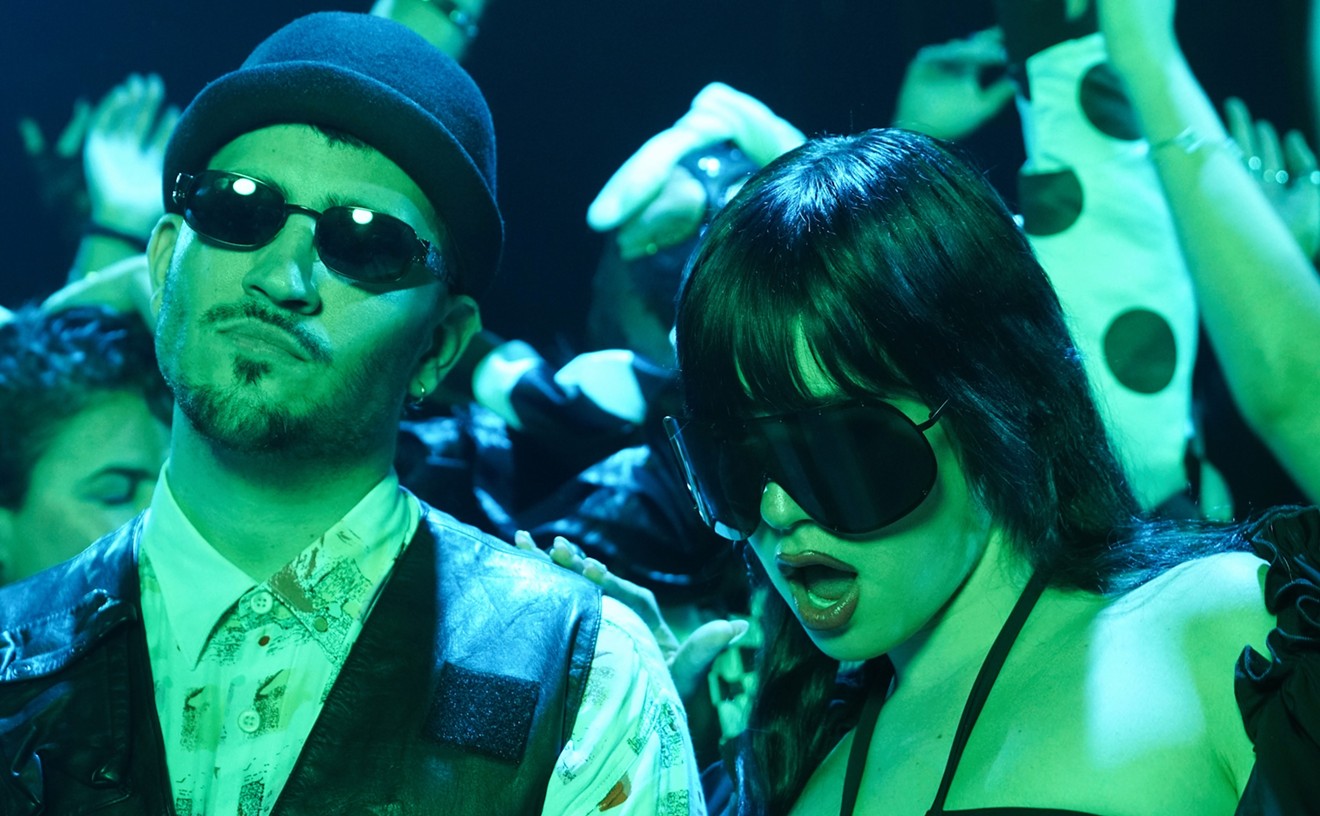You may not know the Yeats poem from which Silver Apples took its name, but chances are you’ve felt the group's influence stretching across the globe, inspiring the creation of genres like krautrock and the use of experimental electronics in music. The outré duo of instrumentalist Simeon Coxe and drummer Danny Taylor famously foregrounded the wondrous potential of the oscillator when they formed their band in 1967 and always chose the path less sonically traveled, even as it alienated audiences.
After a sudden label collapse threatened to shelve their third LP, The Garden, for good, the band might not have ever seen the light of day again were it not for an unexpected resurgence in the 1990s.
“Danny and I just went our separate ways, figuring if we couldn't be Silver Apples we didn't want to be musicians so, for us, it was over."
tweet this
Despite his high-minded experimentation, Coxe’s earliest inspirations were decidedly more terrestrial. “I was about 12 years old when I discovered Fats Domino and the other figures on the R&B scene in New Orleans,” he explains. “What they were doing grabbed my soul.”
Fascinated with the early formation of blues, Coxe began to strike out on his own. His first foray into synthesis began with a visit to local New York thrift shops. “I never saw a synthesizer until well into the game. I still can't play a synth,” he claims. “My shtick was with oscillators and compiling them into rigs where I could make music with them. Oscillators were available in surplus stores in New York, and I hooked them together and played them.”
Oscillators, for the unfamiliar, are the building blocks of synthesized sound – they produce periodic signals, most often sine or square waves, and can be manipulated to create textures and tones.
In its early days, Silver Apples found itself a hungry audience in New York, but more surprising than that was the degree to which listeners across the country seemed open to the duo's new blend of sounds. “Oddly enough, we drew good crowds in Cincinnati, Toronto, Detroit, lots of Midwest towns, as well as New York, Boston, and Philly,” Coxe recalls. The alien universes the band created were aided by an attitude of experimentation and boundary-pushing that was ubiquitous in the ‘60s. The band signed to Kapp Records, released two LPs, and enjoyed moderate success.
The good times couldn’t last forever, though. “PanAm sued us and Kapp Records over the imagery on the second album, and neither one of us survived,” Coxe explains remorsefully. The cover of Silver Apples' second LP, Contact, shows the band in a PanAm cockpit surrounded by drug paraphernalia. On the back of the album,
If it weren’t for the 1994 bootleg rerelease of the band’s two albums on German label TRC, the Apples might have been spoiled for good.
But the newfound interest in his band caught Coxe’s eye, and he re-formed the group, hunting down Taylor and ultimately releasing their long-lost third record from 1970. Silver Apples continued to tour and make records until an unfortunate accident forced the band’s tour bus off the road in 1998, breaking Coxe’s neck. The frontman persevered, even through the death of cofounder Taylor in 2005, who died of a heart attack in Kingston, New York, when he was just 56.
Since recuperating, Coxe continues to play shows like All Tomorrow’s Parties in the U.K. and Austin Psych Fest and collaborate with artists like Cluster and Portishead. He’s humble about his band’s legacy, however. “If we were in some small way influential, I am happy,” he notes.
For a band like Cluster, which owes its motorik rhythms and airy synth textures to Silver Apples, the influence is palpable. Coxe says that he “never was aware” of the genres he helped inspire in their day but that “there is a family feeling for [him] towards anyone pushing the envelope with electronics.”
You can catch a piece of history when Silver Apples comes to this year’s Look Alive Fest at Churchill's, alongside kindred noisemakers like Wolf Eyes, Ava Mendoza and Greg Fox, Eartheater, Other Body, and Rat Bastard. It all goes down Friday, December 4, at Churchill’s Pub.
Look Alive Fest with Silver Apples, Wolf Eyes, Eartheater, Ava Mendoza, GDFX, and more. 9 p.m. Friday, December 4, at Churchill's Pub, 5501 NE 2nd Ave, Miami; 305-757-1807; churchillspub.com. Tickets cost $15 via eventbrite.com or $18 at the door.










